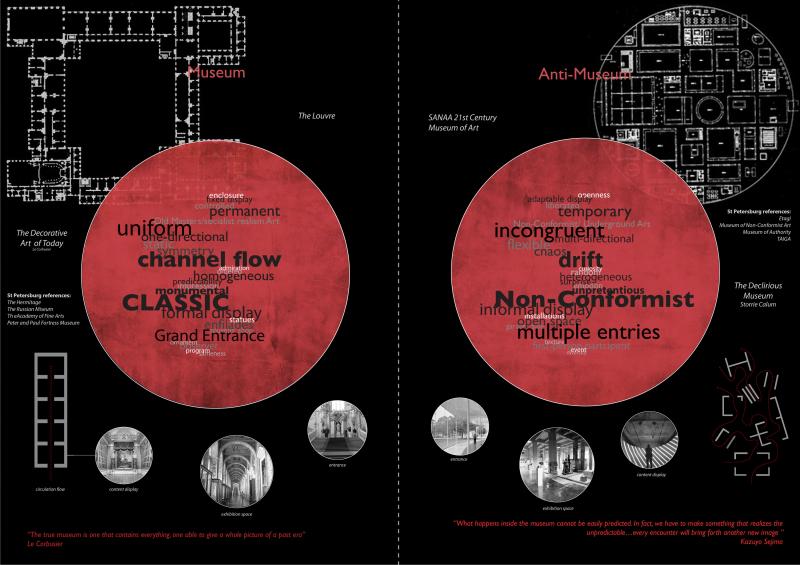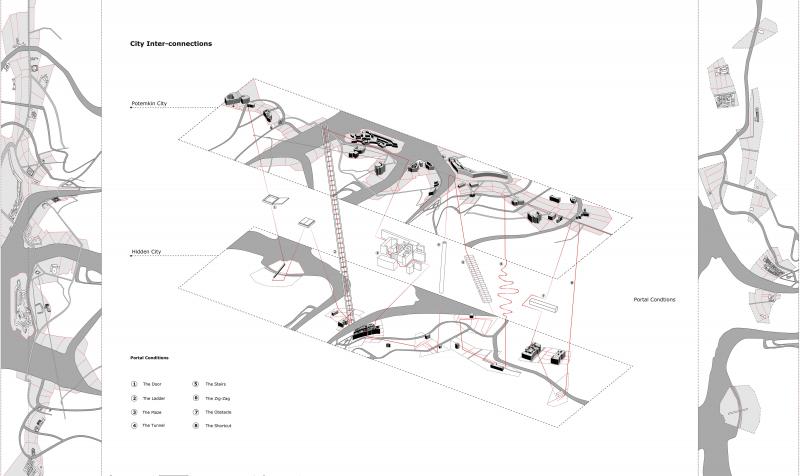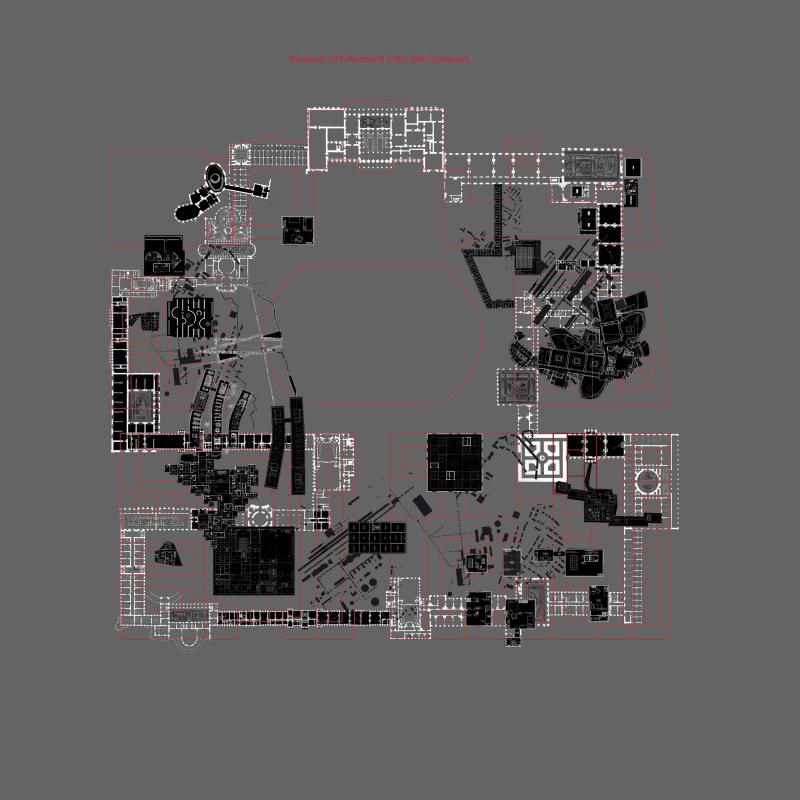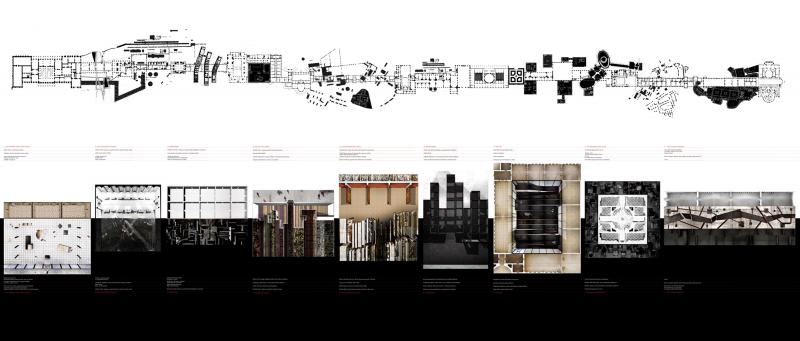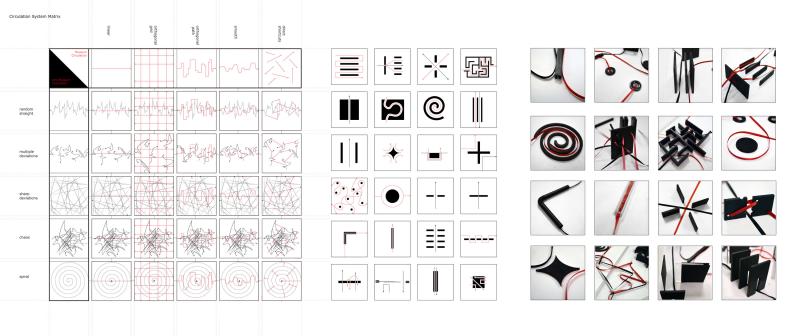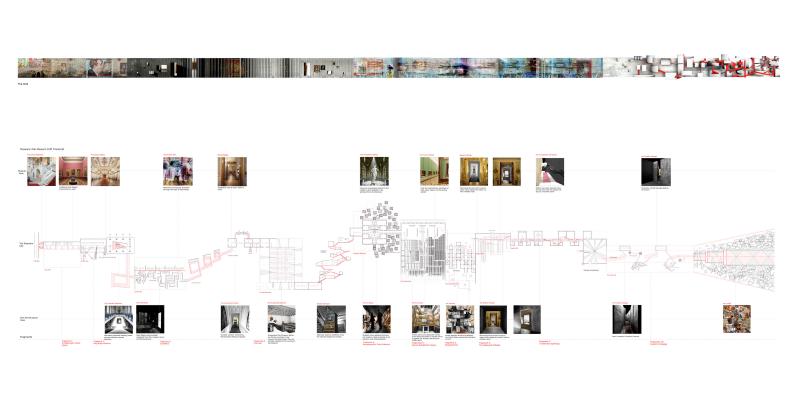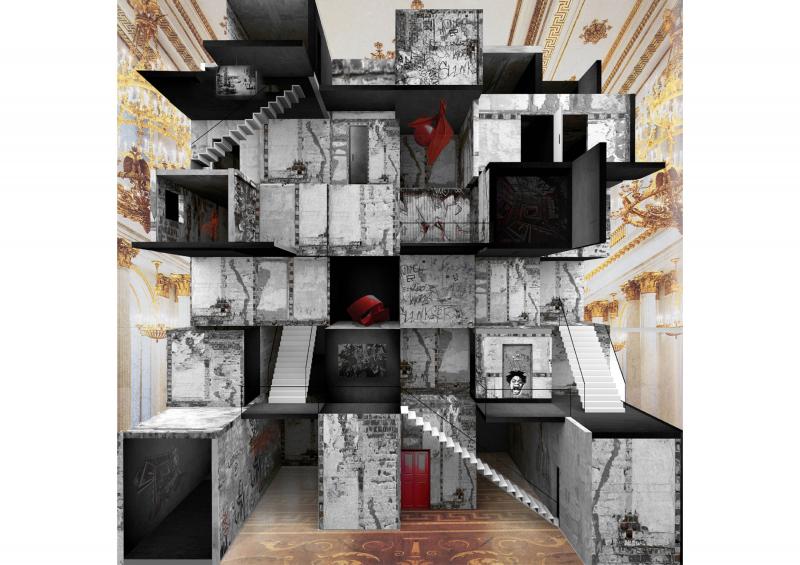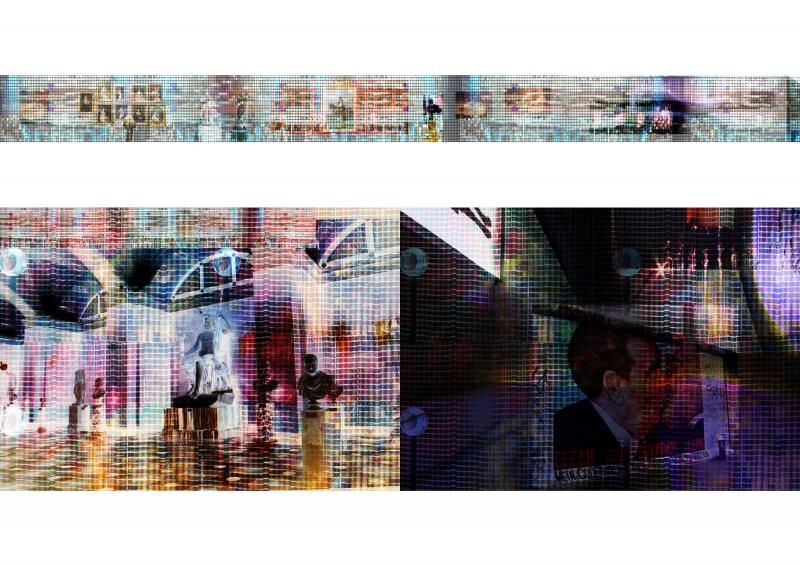Museum/Anti-Museum Opposition
There is a proliferation of museums in St. Petersburg that can be divided into two main categories.
The project derives from the existing separation between the classic state Museums, dominant and influential, and the underground non-conformist museums in St.Petersburg, that I refer to as Anti-museums.

